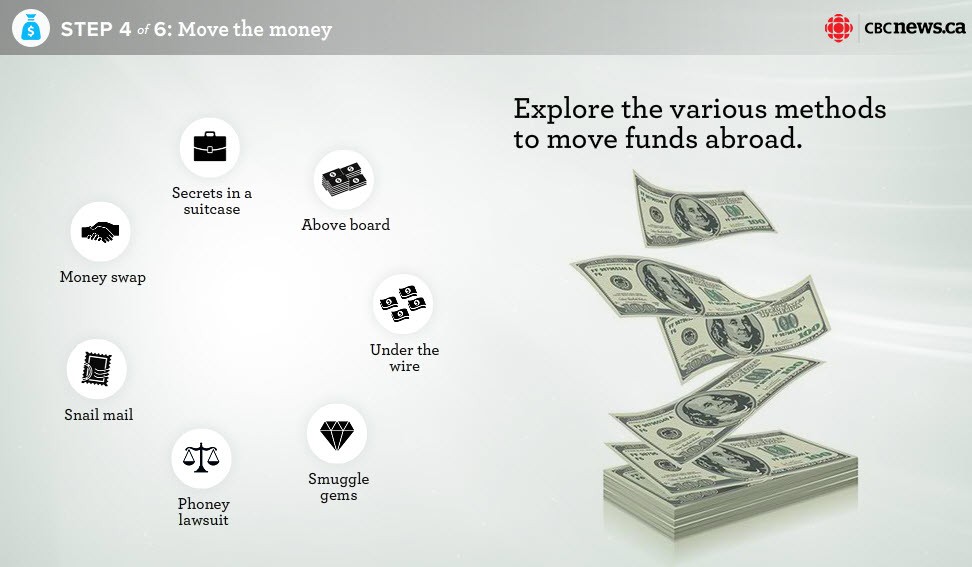Still in money market funds Here’s a better way to park your cash The Globe and Mail
Post on: 20 Июнь, 2015 No Comment

Money market funds are the billion-dollar blunder that investors and advisers keep making despite the availability of a clearly superior alternative.
Market View
Is there any situation where they make good sense? “Not really,” said David Paterson, a mutual fund analyst and consultant to investment advisers. “Most of the advisers that I’ve been working with are using high interest savings accounts.”
Back in early 2009, there was about $72-billion invested in money market funds. The most recent tally is $26.7-billion, down from $28.6-billion a year earlier. Investors and advisers are retreating from money market funds, but not fast enough.
With interest rates as low as they are, there simply aren’t any places to safely park the cash in your portfolio and make a return of any consequence. But if you’re in a money market fund, you could well be making less than half of what you’d get in a high interest savings account.
High interest accounts are a broad category that includes online bank accounts paying higher rates than conventional accounts. To be clear, here we’re talking about a variant called investment savings accounts that are bought and sold as a mutual fund in your investment account. In that sense, they’re identical to money market funds.
Where investment savings accounts differ is in the yields they offer. Most pay 1.25 per cent right now, which is far more than what the country’s largest money market funds offered in early June. Money market fund returns are measured by current yield, which is the expected 12-month payout based on recent trends. Among the 10 largest money market funds, current yields as shown by Globeinvestor.com range from 0.88 per cent all the way down to 0.1 per cent.
There are money market funds where the cost of ownership is far higher than the return, even double. Globeinvestor.com shows a few funds with management expense ratios of 0.78 per cent or more and current yields under 0.4 per cent.
The number of investors putting up with this imbalance in fees and returns has been falling. But current asset levels in money market funds are still too high. Make it a point this weekend to check where the cash in your investment accounts is parked.
Investment firms don’t typically pay any interest on small, uninvested cash balances, although they’re happy to see them because the money can be lent out at a profit to clients buying stocks on margin. Government of Canada Treasury Bills are an option, but you’d be lucky these days to crack the 1-per-cent mark on yield over a year, and the minimum can be $5,000.
Money market funds hold T-bills, as well as other short-term notes issued by governments and corporations. These securities are extremely low-risk, which is why money market funds have long been considered a safe place for cash. But once a fund company applies its fees to these returns, there’s not much left for investors.
Investment savings accounts are basically bank deposits packaged as a mutual fund-like vehicle. In fact, virtually all of these accounts are protected for up to $100,000 by Canada Deposit Insurance Corp.
The analysis firm Investor Economics says there’s about $80-billion in investment savings accounts, which tells us that advisers have been selling a lot of this product lately. They and their firms are typically compensated for this through a trailing commission of 0.25 per cent paid by the companies that offer investment savings accounts. For fee-based accounts, where investors pay their advisers directly, there’s an F-class version of many investment savings accounts that might pay 1.5 per cent. That’s the usual 1.25 per cent plus the 0.25-per-cent trailing commission, which is not paid in fee-based accounts.
If you’re wondering whether money market funds or investment savings accounts are most lucrative for banks and investment firms, the consultant Mr. McVay said it’s a wash.
“Probably, they’re not making much money on either one.”
Mr. Paterson, the fund analyst, came up with one modest exception to the rule that investment savings accounts beat money market funds. He says it’s convenient to hold cash in a money market fund if you deal exclusively with one fund company and want to dollar-cost average your way into a riskier fund. In other words, if you want to buy the riskier fund gradually instead of investing in one lump sum.
If you invest with an adviser or handle your own account through an online broker, you’ll almost certainly have access to at least one interest savings account. Unfortunately for DIY investors, online brokers do a poor job of helping clients connect with these products.
I’d like to see brokers create something like an “Options for Parking Cash” link that lists all available high interest accounts, their yield, the minimum investment and any buy or sell commissions. As it stands now, you basically have to try ordering a high interest account to see whether a broker offers it.
Before ordering, check for purchase or redemption fees. Questrade charges $9.95 to buy or sell investment savings accounts. Scotia iTrade offers seven different investment savings accounts and, on five of them, charges a 1-per-cent fee (minimum $28.88) on money withdrawn in less than 90 days. Scotia iTrade also offers a no-fee, in-house savings account called Cash Optimizer that pays 0.65 per cent.
Rates on investment savings accounts have been steady at 1.25 per cent in most cases, although B2B Bank High Interest Investment Account pays 1.3 per cent. Newer competitors Home Trust and Equitable Bank pay 1.4 and 1.5 per cent, respectively.
The investment savings account playbook
Investment savings accounts typically offer a yield in the area of 1.25 per cent, which is much better than money market funds. Here’s a selection of high interest accounts available through various online brokerage firms.














